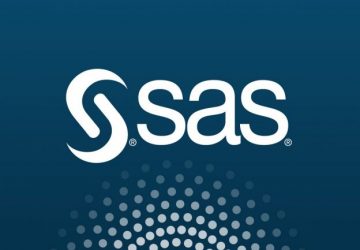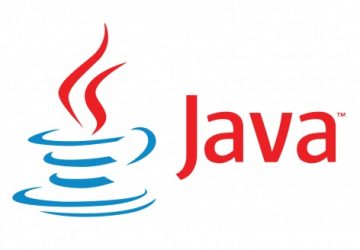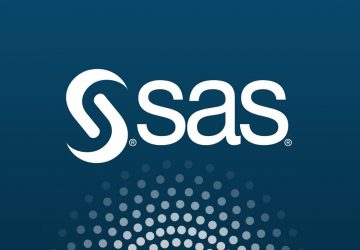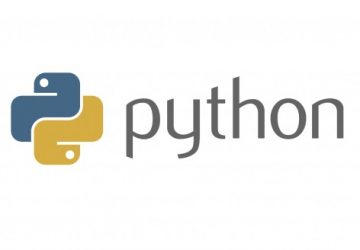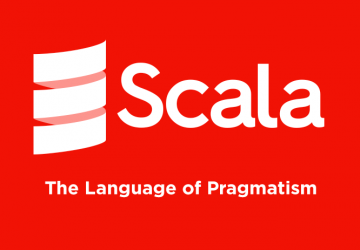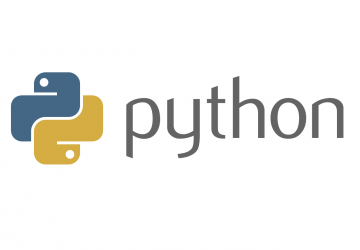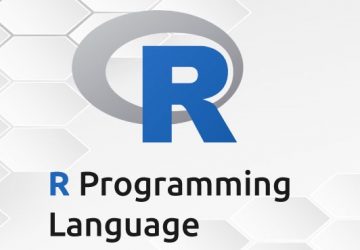SAS (previously called "Statistical Analysis System") is a statistical software suite developed by the SAS Institute for data management, advanced analytics, multivariate analysis, business intelligence, criminal investigation, and predictive analytics. SAS programmers can perform regression analysis through 2 key procedures: PROC GLM, and PROC REG. The CHART and PLOT procedures are commonly used to create bar/block/pie charts and frequency plots. This course introduces learners to descriptive statistics and its application areas through these 4 SAS procedures.
Java Server “Full Stack Java developer” technology is a fast and easy way to develop dynamic and static web content. It is an excellent ability to develop components to improve web applications Traditionally, web and application development processes have included teams of backend, front-end, and database specialists, who collaborated on complex technologies to deliver the end product. But today, the trend is dramatically shifting in favor of multi-faceted professionals or the jacks of all trades which fit into many roles. Java Full Stack course introduces you to Java, JSP, Restful WS, and spring. In this course, you will be able to combine all the ways to connect to the database and learn how to make it in an informative and attractive way.
SAS (previously called "Statistical Analysis System") is a statistical software suite developed by the SAS Institute for data management, advanced analytics, multivariate analysis, business intelligence, criminal investigation, and predictive analytics. SAS programmers can perform descriptive statistics through any of 4 key procedures: PROC CORR, PROC MEANS, PROC FREQ, and PROC UNIVARIATE. The REPORT and TABULATE procedures are commonly used to modify outputs and generate reports. This course introduces learners to descriptive statistics and its application areas through these 6 SAS procedures.
SAS (previously called "Statistical Analysis System") is a statistical software suite developed by SAS Institute for data management, advanced analytics, multivariate analysis, business intelligence, criminal investigation, and predictive analytics. Providing a scalable, integrated software environment designed for data access, transformation, and reporting, it includes a fourth-generation programming language; ready-to-use programs for data manipulation, information storage and retrieval, descriptive statistics and report writing; an object-oriented language for advanced data manipulation (DS2); a federated query language (FedSQL); and a powerful macro facility that reduces programming time and maintenance issues. SAS was developed at North Carolina State University from 1966 until 1976, when SAS Institute was incorporated.
This course intends to disseminate the classroom training notes used for Induction 2019.
R has several features and libraries which enable users to enhance their data analysis and visualizations. R's flexdashboard and markdown are popular libraries for creating dashbaords and interactive visualizations. In addition, R's visualization capabilities can been greatly magnified through JavaScript based libraries like plotly, leaflet, etc. R also supports Object Oriented Programming (OOP) and allows users to create customized functions and make use to environments to suit their needs. This course is aimed for R programmers who are aware of R's basic capabilities and will help them become adept at performing complex data manipulation and exploration.
Available
Designed to be a concise, high-level language aimed at addressing criticisms directed towards Java, Scala is a general-purpose programming language combining object-oriented, functional programming and a strong static type system that assists in avoiding bugs in complex applications, with its JVM and JavaScript runtimes let you build high-performance systems with easy access to huge ecosystems of libraries. It provides language interoperability with Java, such that libraries written in either language may be referenced directly. Nevertheless, unlike Java, Scala has many features of functional programming languages like Scheme, Standard ML and Haskell, including currying, type inference, immutability, lazy evaluation, and pattern matching. It also possesses an advanced type system supporting algebraic data types, covariance and contra-variance, higher-order types, and anonymous types apart from operator overloading, optional parameters, named parameters, and raw strings.
Designed in a flexible and user-friendly demeanor, Java is the most commonly used programming language for the creation of web applications and platforms. Java is fast, secure, and reliable. There are lots of applications and websites that will not work unless you have Java installed, and more are created every day. From laptops to data centers, game consoles to scientific supercomputers, cell phones to the Internet, Java is everywhere!
Python is an interpreted, object-oriented, high-level programming language with dynamic semantics. Its high-level built in data structures, combined with dynamic typing and dynamic binding, make it very attractive for Rapid Application Development, as well as for use as a scripting or glue-language to connect existing components together.
This course will enable its learners understand the concepts of machine learning algorithms in Regression & Classification. The course is aimed for people who are aware of R basic and intermediate concepts and will help them become adept at performing ML algorithms in R.
This course will enable its learners to enhance their data analysis and visualization skills in R. The course is aimed for people who are aware of R basics and will help them become adept at performing complex data manipulation and exploration.
Available
This course will enable learners to become familiar with R as a statistical programming language and perform basic R operations - data exploration, manipulation etc. on RStudio.
Python is an interpreted, object-oriented, high-level programming language with dynamic semantics. Its high-level built in data structures, combined with dynamic typing and dynamic binding, make it very attractive for Rapid Application Development, as well as for use as a scripting or glue-language to connect existing components together.


